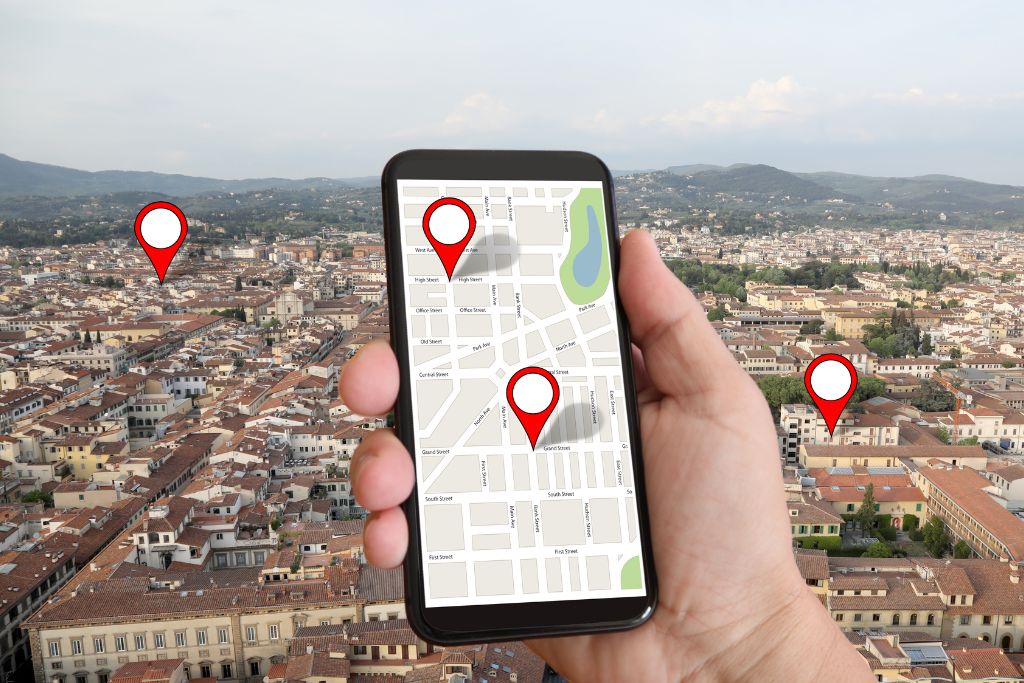Whether you’re looking for the signs of good web design for your own site or are wondering what to do with a client’s site, there are a few things you can do to make sure your site is well-designed and will perform well in your market. These tips will help you make sure your site is appealing, easy to navigate, and engaging.
Make navigation easy to find
Creating a good navigational scheme is a must for any website. Good navigational design not only encourages user engagement but also makes it easy to find more content. This makes your website more valuable to visitors and helps them make decisions about buying your products or services.
One of the most effective navigational schemes is horizontal navigation, which allows for easy browsing and scrolling. This also makes it possible to display more content in less space.

Another navigational scheme is vertical navigation, which is more commonly seen in blog posts. The vertical navigation is also scalable, which is useful for brands that wish to grow.
The navigational feat of the primary nav includes the most important primary pages, including the home page and any landing pages. The primary navigation is the main artery to the rest of the site.
Make sure the font you choose is easy to read
Choosing the right font for your website is an important part of creating a great user experience. Your font choice should be based on your brand, the target audience, and your needs. Choosing the wrong font can make your website difficult to read, or give a bad impression. Luckily, you can find plenty of free tools to help you make your font choices.

When choosing a font, it is important to make sure it is readable. The font you use should be easy to read, regardless of how much text is on the page. Fonts with dense letterforms can be hard to read when used on a webpage. However, there are many typefaces that are designed for display and are easy to read.
Avoid welcome pages
Creating a welcome page for your website or app is a critical step during onboarding. The page will serve as an introduction to your product or service and will also guide new users to the next steps.
To make a great welcome page, there are several things you need to consider. First, your page needs to have a solid Call to Action. This could be a button, a phrase or highlighted text, or some other action. Adding a checklist to your welcome page can also help users know what to do next.

While a good welcome page doesn’t have to be complicated, it does take time and effort. Here are a few examples of great welcome pages that you can use as inspiration.
Make sure your site is mobile-responsive
Having a mobile-responsive site is a necessity in today’s competitive marketplace. Consumers are using their mobile devices for research, entertainment, and buying. If you want to keep your business afloat, make sure your site is mobile-friendly.
There are several techniques you can use to make your site more mobile-friendly. For example, you can use a responsive theme and add CSS to make important text stand out. You can also ensure that your fonts are readable on a mobile device.

You can also use a responsive design to display your navigation menu. The navigation menu will appear on the left of your screen and then shrink down to fit the size of the device.
You can also use a hamburger button to open up your menu. This button opens the entire menu with a single click. This makes navigation easier on mobile devices.
Make sure your content is engaging
Creating engaging content is one of the most important parts of running a successful business. You can’t expect to sell your product or service without it. However, it can be a daunting task. In this article, we’ll explore the most important content elements to consider.
There are many content marketing techniques that you can use to engage your audience. However, the most effective method is to offer content relevant to your target audience’s interests. You can do this by using heat mapping software to understand what your visitors are looking for.

You should also have a well-thought-out content strategy. A content plan helps you stay on track. Also, make sure to leave some room for tangential information in the body of your content.







